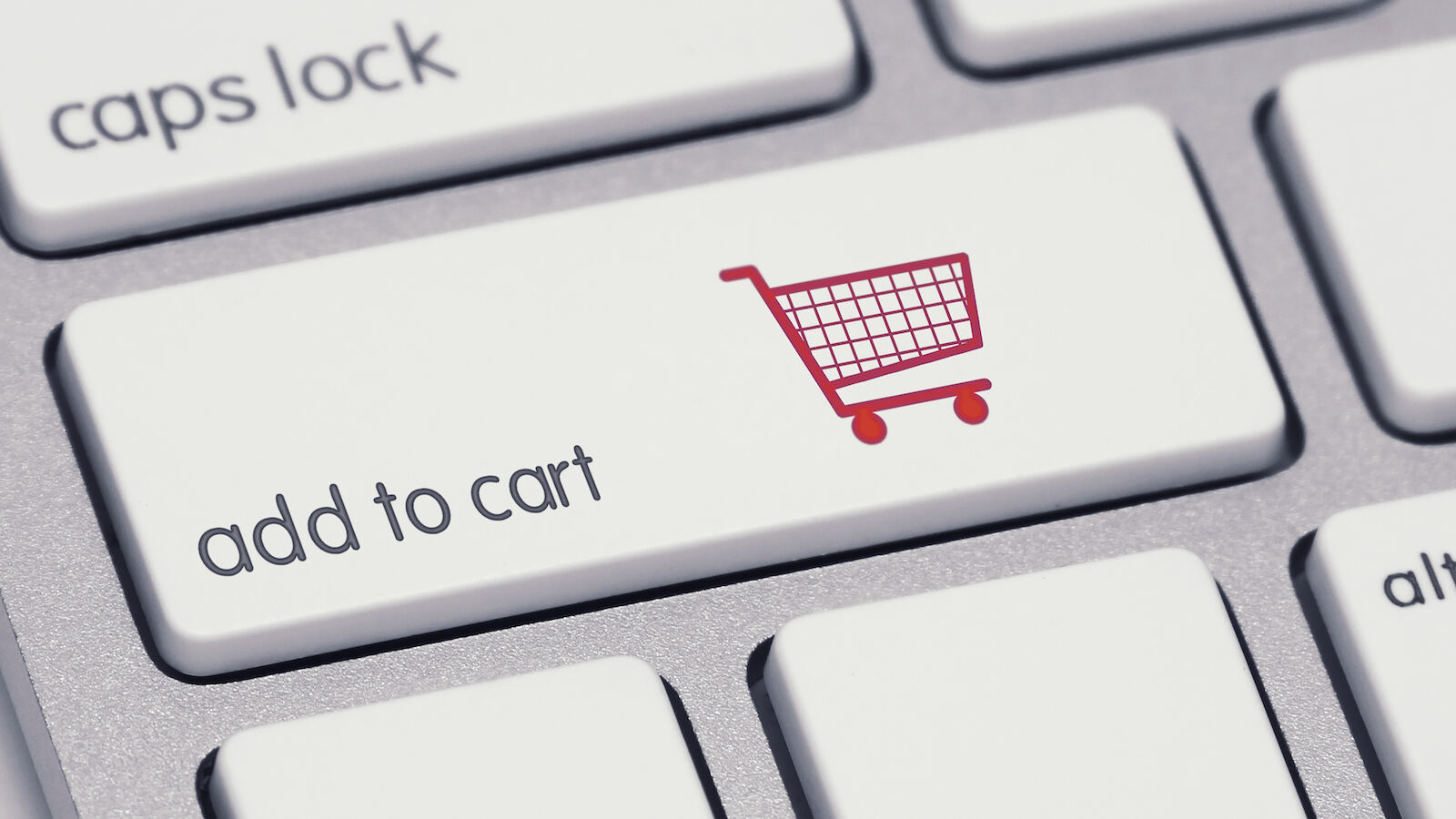3 benifit for customized packing material?
Introduction
Every point of interaction between a customer and your brand can tilt the competitive balance in e-commerce. The packaging is a feature of the brand that is often overlooked. These custom packaging materials are not mere protection for products; they can be leveraged as a powerful tool to elevate the entire customer experience and reassert brand identity. This article will discuss three major advantages of investing in custom packaging materials: rebranding and advertising, stronger product protection, and completing the customer unboxing experience.
1st Benefit: Your Brand Stand Out Advantage
Packaging is the first physical interface between customer and product. It sets the tone for the entire buying experience and that tonality can strongly affect customer expectations. Customized packing materials serve as a blank canvas upon which brands can show their personality and character.
How Packaging Shapes Customer PerceptionsThe aesthetic design men's
durability and creativity as well, even before the product comes into play itself to interact with people's senses. Opportunity for Unique Design and Logo Introduction: Custom package designs can incorporate elements which truly reflect a brand's spirit.
These may comprise special colors, patterns, or materials which are unique to that brand - thus reinforcing its identification. Case Studies of Successful Brand Campaigns Using Custom Packaging: Brands like Apple and Nike have used straightforward but dramatic packages to enhance their sleek image.
Meanwhile, online merchants such as MeUndies use lively and colorful wrapping material in order to give the customer a playful yet memorable unwrapping experience. Long-term Effects on Brand Awareness and Customer Loyalty: Keeping your unboxing experience consistently good can lead to increased satisfaction and a loyal following of customers. According to a study by Ernst & Young, 62% of consumers are likely to buy again after having an outstanding initial experience with the product.
Benefit 2: Enhanced Product Protection
Custom packaging materials are even made to fit products ' particular dimensions and states of breakability, effectively offering an individualized safeguard.
- Random Packing for items of special shapes and fragility: Unlike one-size-fits-all, customized pkg materials may conform with the exact style of the product and give a tight fit that could keep it still during transportation.
- Reduction in damage and loss during transport: Customized packaging provides a snug fit, and thus greatly reduces the chances of damage by impacts or vibrations during shipping. This is particularly critical with fragile glassware or electronics.
- Cost Savings from Less Returns and Replacements: With fewer goods damaged in transit comes less chucking-out and substituting for the merchant.With out here.Just as an example, be aware that Pitney Bowes report puts the average handling charge on something returned at $30 -- not even including what was paid for the article itself.
- Examples of Securitized Product Packaging in Special Industries: Industries such as pharmaceuticals, where seven-figure sums of money may be lost in seconds through simple dust contamination; or luxury goods for which anti-theft devices must be inserted, rely heavily on their packaging being suited to specific purposes so as not endanger the product safety and quaty at all.
Apart from the known advantages, however, there are a number of other issu es which must be taken into account.
- Can Customized Package Materials Be Both Economically Viable And Environmentally Sound? With consumers increasingly sensitized to environmental questions, how do brands stand on the question of the lastingness their Wrapping? Custom packaging, using recycled materials, can be easily recycled as it gets outdated, while bio-degradable or reusable for shipping also falls into this category.
- How are the Costs of Custom Packaging Balanced with the Benefits? Maximum Results but Minimum Expense Automation Custom packaging offers a significant range of potential benefits, but it might also prove costly to produce. Companies will have to weigh these costs against the anticipated payback in customer satisfaction and image enhancement.
- What is the Role of Customization in Supply Chain Management? In the process of moving from customized goods into fully-fledged packaging service provision, custom packaging must be integrated into the entire supply chain. This encompasses everything from managing inventory-scheduling lead times to skeeping deliveries out of harm's way and placing anticipated supplies.
Problems And Aims
However, in spite of its benefits, there are difficulties in bringing custom packaging to market
- How to Solve the Problems in Custom Packaging Production: Production of custom packaging can be extremely complicated and present a particular challenge even in terms of the basic variables. If good material is bought alongside efficient techniques and more flexible operations, then many of these problems can be removed.
- Being Able to Deliver Large Quality High Performance Products Made to a High Standard Stripe is a series of tools and servicesThoroughly modern technologies such as digital printing or on-demand production processes can make efficient customization at scale cost-effective - even for smaller volumes. Digital printing is being tipped as the next technological revolution in consumer goods packaging, with the advent of better print quality and smaller lot sizes on the horizon for firms that are prepared to invest now. As a result, it will become increasingly possible in future to provide packaging materials made to measure.









